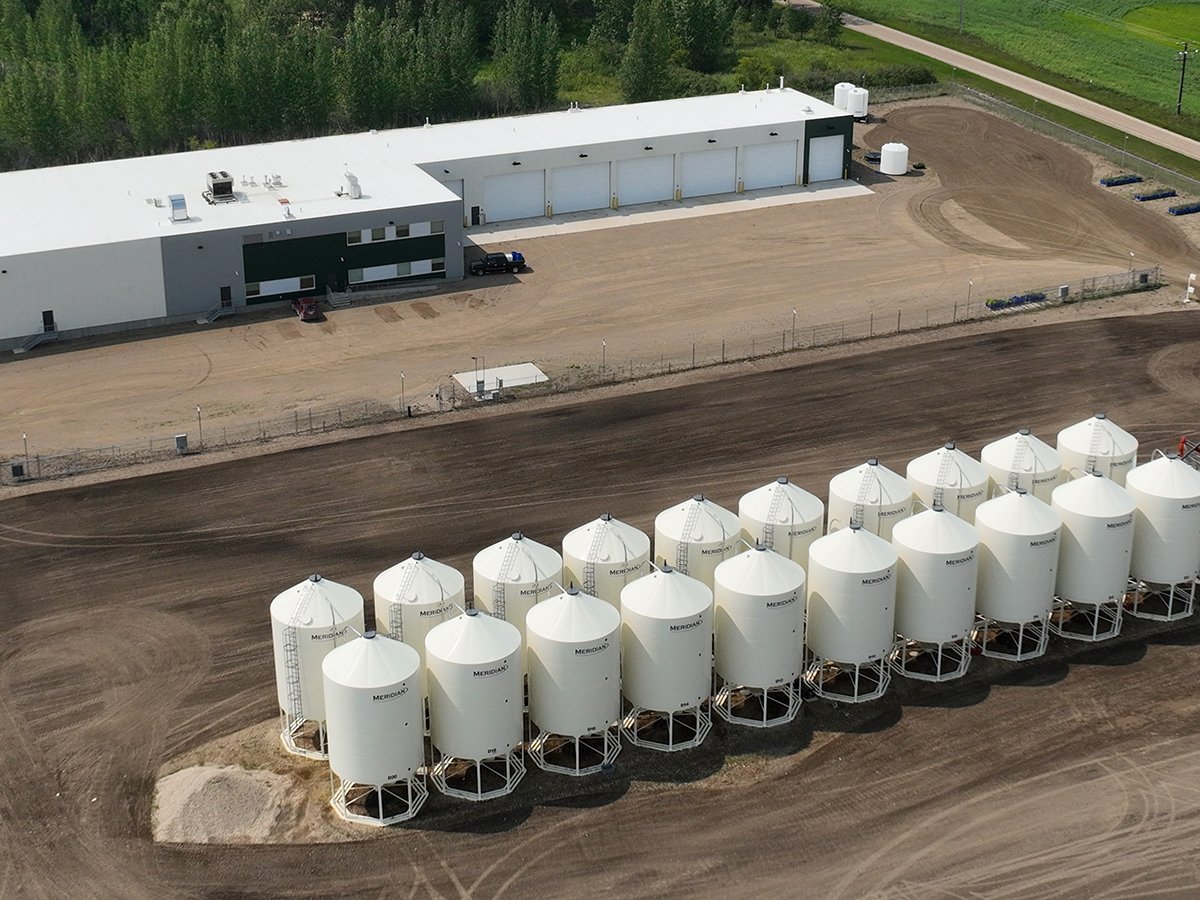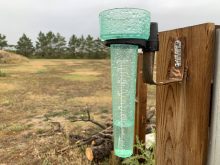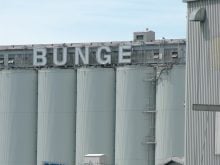It’s hard to imagine that a modest molecule of carbon and hydrogen can be sexy, but diesel is one of the sexiest investments on the planet at the moment, says an American petroleum analyst.
“Everybody right now, if you talk to all the investment bankers and traders, they’ll tell you, ‘we love diesel, diesel is the place to be, this is the product that we think is going to be the most spectacular,’ ” said Tom Kloza, chief oil analyst for Oil Price Information Service, a petroleum publication and pricing service in Maryland.
Read Also

Saskatchewan firm aims to fix soil with compost pellets
In his business, Humaterra, Leon Pratchler is helping farmers maximize yields in the weakest areas of their fields through the use of a compost pellet.
Speculators are infatuated with diesel, Kloza explained, because emerging markets in Asia and South America are consuming more and more diesel as their economies expand. As well, mining companies, oil and gas explorers and industrial users in North America are burning more diesel, which is putting pressure on inventories in the U.S. and Canada.
As an example, oilsands operations and other resource industries in Western Canada consume billions of litres of diesel each year, said Spencer Knipping, Ontario Ministry of Energy petroleum analyst.
“In Alberta, you are twice as dependent on diesel as we are in Ontario,” Knipping said, noting that diesel represents 40 percent of all the petroleum consumed in Alberta, based on Statistics Canada data.
Similarly, it requires a lot of of diesel to power the heavy equipment needed to find and extract petroleum south of the border.
“We’re seeing this stuff (diesel) fly up to places like North Dakota, in the Bakken (oil deposit), because of the fracking and the drilling and the rigs,” Kloza said.
Consequently, distillate (diesel) stocks in the U.S. at the end of October stood at 142 million barrels, down 23 percent from the same period in 2010.
“It makes for the lowest inventories in five years,” said Kloza, who has appeared on NBC, BBC, CNN and other television networks to comment on petroleum prices. “You can get very bullish about it based on inventories and demand.”
Given the growing demand and tight supplies, a gap between diesel and gasoline prices has emerged in Canada and the U.S.
According to a survey by Kent Marketing Services in London, Ont., average pump prices April 1 in Winnipeg were $1.19 per litre for gasoline and $1.18 per litre for diesel. On Nov. 1, prices were $1.13 per for gas and $1.24 for diesel.
Similarly, April 1 prices in Edmonton were $1.12 for gasoline and $1.13 for diesel. On Nov. 1, diesel was $1.19 and gasoline was $1.05 in Edmonton.
Looking ahead, assuming Greece and the European Union arrange a bailout and austerity package that restores investor confidence, diesel prices are likely to rise over the winter and continue rising in 2012, Knipping said.
“The world economy is continuing to grow… and in the developing economies, growth continues to be strong… and oil demand continues to grow,” he said. “Some analysts, including some major investment banks, say they expect a further tightening of the oil market.”
Kloza supported that assessment, adding that diesel consumption in China will soon overtake diesel usage in the U.S.
If Greece descends into chaos and Italy teeters toward financial collapse, the global economy could retreat into recession, Kloza added.
Yet, even with that gloomy scenario, he remains bullish about diesel.
“The oil market and particularly the diesel market has an upward bias. But, if there is a (global) recession… everything has a downward bias,” he said. “Regardless, the one product that is going to trade at a very high margin to crude oil, well into 2012 and maybe years beyond, is diesel.”















